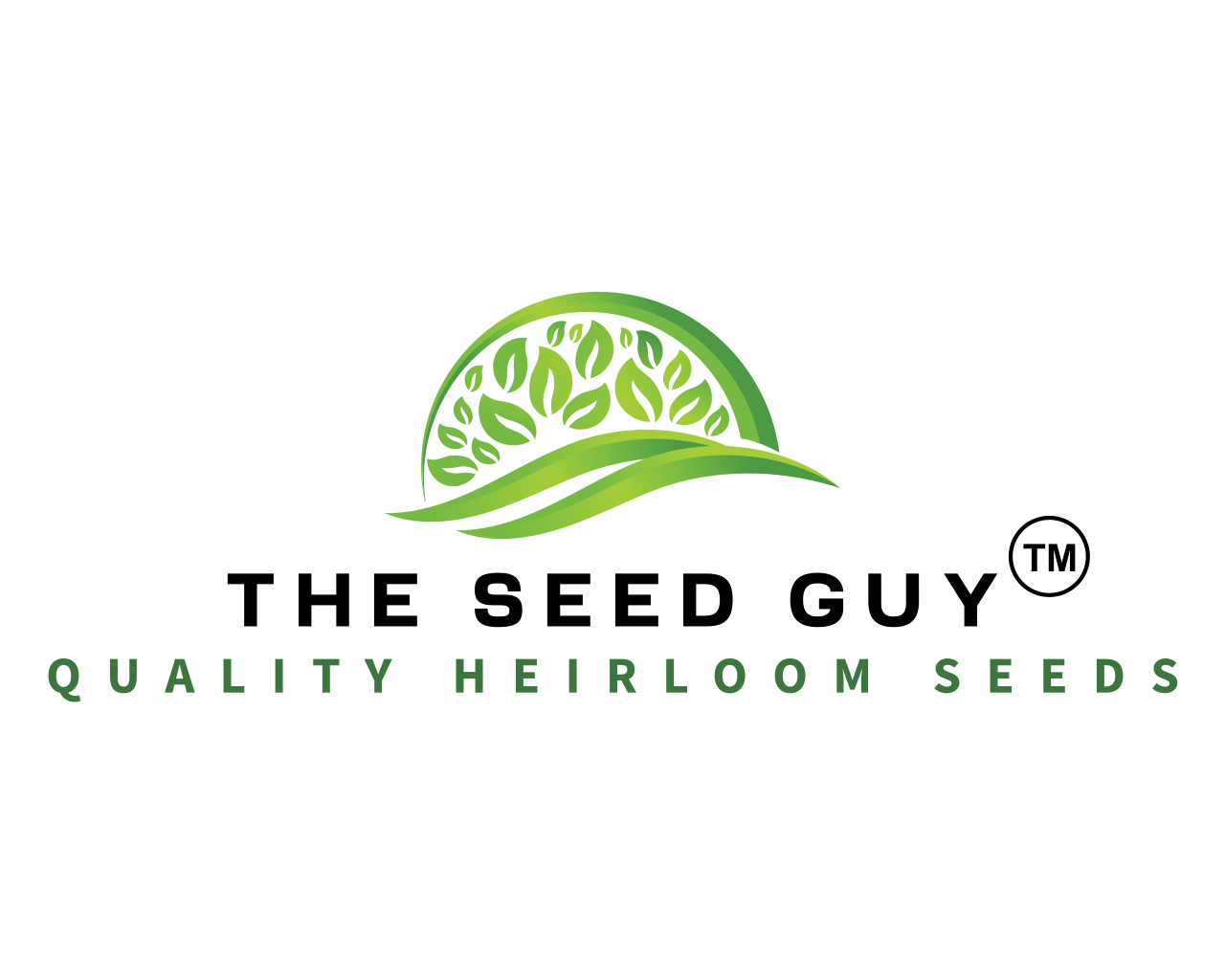If you’ve had problems with Squash Bugs or Borers in the last year or two, this information just might be of help. The best way to treat them is by natural (Organic) methods. I'll list a few of those methods for you, and some of the methods will work better than others for your specific situation. So, if one method doesn't work for you, then you should try a different one. And please, let us know what has worked well for you, we love to hear from our customers!
START YOUR SEED INDOORS - I recommend you start your seeds at least 4 weeks early indoors and then transplant after the last frost. This will allow your squash plants to grow and get larger and more vigorous by the time Squash Bugs and Borers start hatching out. You may even miss most of them by your earlier harvest.
COMPANION PLANTING - This is one of my favorite ways to deter them. In many cases, planting these around and among your squash plants will keep them away. The best plants are:
1) French Marigolds
2) Catnip - Repels everything
3) Dill - Sprinkle chopped up leaves on squash plants
4) Nasturtiums
5) Oregano
6) *Radishes
7) Garlic
*Because radishes are a strong-smelling root vegetable, they can be planted next to things like; squash, pumpkin, cucumber, melon, etc. to deter squash bugs from coming near.
EARLY PREVENTION - In late spring and early summer you need to be on the lookout for Squash Bug eggs. They are very small, shiny, copper-colored, and Squash Bugs will lay them on the undersides of the leaves on your squash plants. Check your plants frequently, wipe off eggs, and put them in a bowl of soapy water. This will wipe out many of them before they hatch and start any damage.
SOME NATURAL SPRAYS/TREATMENT (Give these (4) sprays a try)
1) Basil Spray - Squeeze 2 handfuls of Basil leaves and stems; then place them in a 1-gallon jar and after adding 1 gallon of water,
sit it in the sun for 4 to 8 hours. Strain the liquid through mesh, add 1/2 teaspoon liquid soap, mix, and you're ready to spray the mixture on your plants.
2) Garlic/Onion Spray - Mix garlic, onion, and water in a 1-gallon jar letting the mixture sit until it smells strong. You are now ready to pour some of the mixture around the base of your plants where the bugs congregate. Make sure to reapply after it rains.
3) Liquid Soap Spray - Mix 1 to 2 Tbsp of Liquid Castile Soap (regular dishwashing soap will also work) with 32 ounces of water. Fill a 32-ounce spray bottle with the mixture, and then spray your affected plants in the mornings under the leaves and around the base of the plants.
4) NEEM Oil Spray - To make 1 quart of Neem Oil Spray (.5%), you will use these ingredients:
1 teaspoon Neem Oil, 1 to 2 ml Castile Soap, and 1 quart of warm water. You can up your dilution % to 1% by using 2 teaspoons of Neem Oil and 2 to 4 ml of Castile soap in 1 quart of warm water. You spray this mixture on your plants every 2 weeks to keep the Squash Bugs away.
DIATOMACEOUS EARTH - This works well if everything else fails, and only use "food grade". Apply a light dusting to the foliage of your squash or zucchini plants in the morning when dew is still on plants. Don't get any on the flowers, and wear a mask so you don't breathe any in.
Good healthy HEIRLOOM SEEDS will make all the difference when you need that big yield at harvest time. Take a look at our 60 Variety Heirloom Seed Package that has over 32,000 seeds and is currently priced on-sale at just $79. You get 49 Heirloom vegetable seed varieties along with 11 Heirloom herb seed varieties all snuggled into a nice-sized Mylar for year-to-year or long-term storage. What a great gift for that person you know who loves to garden!
Check out our website to see the above highlighted seed package at https://theseedguy.net/sixty-variety-heirloom-seeds or you can also call us 7 days a week at 918-352-8800 if you would rather place your order by phone. We have a wide variety of both small and large Heirloom seed packages along with all our individual varieties currently in stock.
We’ve recently updated to a new SEED GUY website https://theseedguy.net that is faster, mobile friendly, and offers our customers more ways to pay; Credit Cards, Paypal, Paypal Pay Later, and Apple Pay.
We’d love to have you follow us on Facebook, so click the LIKE at the top of our Facebook page at https://www.facebook.com/theseedguy and you’ll be able to see more of our gardening articles and new seed offerings and sales. Thank you and God bless you and your family!!
























